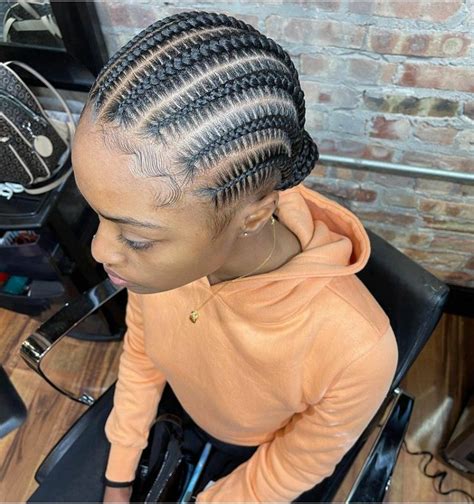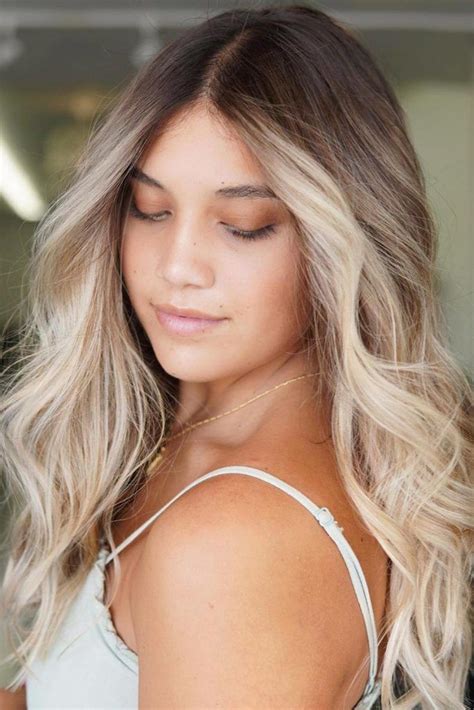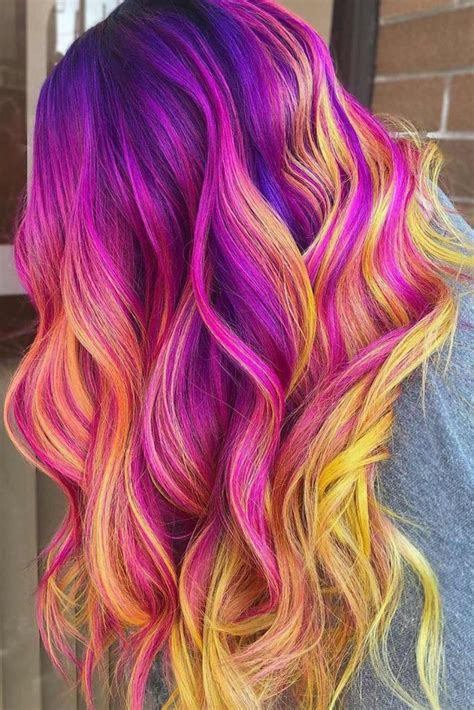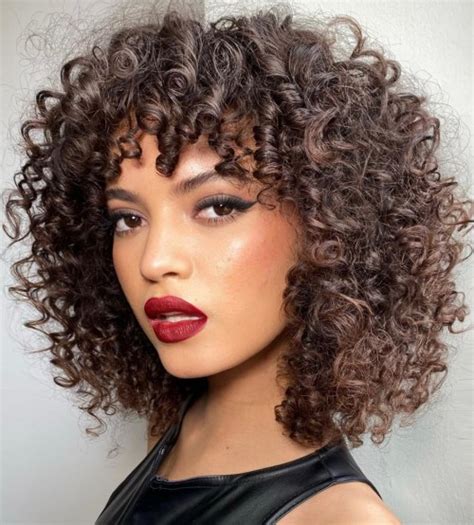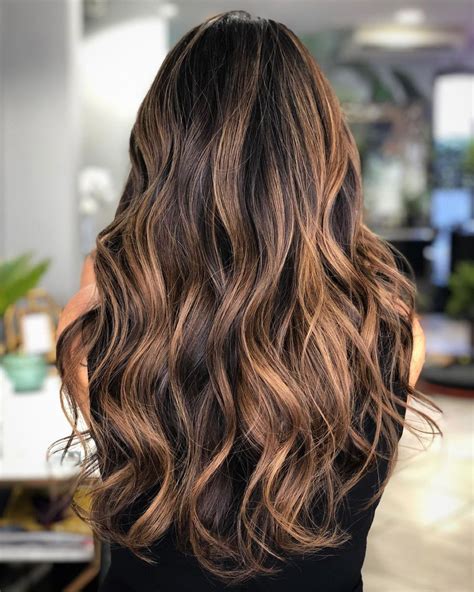Learn the Feed-in Braids technique, choose the right pattern and extensions, consider braid size and length, and prep your hair. Expert tips for flawless braids.
Understanding the Feed-in Braids Technique
Contents
When it comes to getting the perfect braids, understanding the feed-in braids technique is crucial. Feed-in braids, also known as no-knot braids, are a popular braiding method that involves adding hair extensions gradually to create a natural-looking and seamless blend with your natural hair. This technique is especially great for those with thinner hair or shorter hair, as it allows for a more natural and voluminous look.
One of the key components of the feed-in braids technique is the use of small sections of hair at a time, which are then braided with the hair extensions. This creates a seamless and natural transition between your natural hair and the extensions, resulting in a more realistic and fuller braid. Additionally, the feed-in technique also helps to prevent the tension and damage that can occur with heavier or larger braids.
Another important aspect of understanding the feed-in braids technique is the selection of the right hair extensions. It’s important to choose high-quality extensions that match the texture and color of your natural hair for a seamless blend. The size and length of the hair extensions also play a crucial role in achieving the desired look, so it’s essential to consider these factors when getting feed-in braids.
Understanding the feed-in braids technique also involves choosing the right braiding pattern. This will depend on the style you want to achieve and the overall look you’re going for. Whether it’s a straight back braiding pattern or a more intricate design, the technique and pattern will impact the final result of your feed-in braids.
Choosing the Right Braiding Pattern
When it comes to getting feed-in braids, it’s important to choose the right braiding pattern that will work best for your hair type, length, and style preferences. One of the most popular braiding patterns for feed-in braids is the cornrow pattern. Cornrows are a classic and versatile style that can be customized to create various looks such as straight back, zig-zag, or even geometric designs.
Another popular braiding pattern for feed-in braids is the box braid pattern. This pattern involves creating individual square or rectangular sections, which are then braided with extensions to create the desired length and thickness. Box braids are a great option for those looking for a low-maintenance style that can last for several weeks.
For those with shorter or finer hair, the knotless braiding pattern is a great choice for feed-in braids. This technique involves gradually adding extensions to the natural hair as the braid progresses, giving a more natural and less bulky look. The knotless braiding pattern is also known for being gentle on the scalp, making it a suitable option for those with sensitive skin.
Ultimately, the right braiding pattern for feed-in braids will depend on your hair texture, length, and desired style. It’s important to consult with a professional braider who can assess your hair and recommend the best braiding pattern for your individual needs. By choosing the right braiding pattern, you can ensure that your feed-in braids are not only stylish but also healthy for your natural hair.
Selecting the Proper Hair Extensions
Vital Points to Consider Before Getting Feed-in Braids
When getting feed-in braids, it’s important to consider the type of hair extensions you will use. The right hair extensions can make all the difference in the final look of your braids. With so many options available, it can be overwhelming to choose the best one for your specific needs.
First and foremost, consider the quality of the hair extensions. Look for extensions that are made from high-quality, natural hair. Synthetic hair extensions can be more affordable, but they may not blend as well with your natural hair and can look less natural overall. Investing in high-quality extensions will ensure that your braids look great and last longer.
Next, think about the texture of the hair extensions. It’s important to choose extensions that closely match the texture of your natural hair. If you have straight hair, opt for straight extensions. Curly or wavy hair extensions are better suited for those with textured or curly hair. Matching the texture will make the braids look more seamless and natural.
In addition to quality and texture, consider the length and color of the hair extensions. The length of the extensions should complement the length of your natural hair and the style of braids you want. As for color, choose extensions that closely match your natural hair color for a cohesive and natural look.
Lastly, think about the weight of the hair extensions. Heavy extensions can put strain on your natural hair and scalp, leading to discomfort and potential damage. Opt for lightweight extensions that won’t cause unnecessary tension. Your hairstylist can help guide you in selecting the proper hair extensions that are best suited for your specific hair type and braiding style.
Considering the Size and Length of Braids
When getting feed-in braids, it is important to carefully consider the size and length of the braids before making a decision. The size of the braids can significantly impact the overall look and feel of the hairstyle. Large braids can give a bold and statement-making look, while smaller braids can create a more intricate and detailed look. Consider your personal style and the look you are trying to achieve when deciding on the size of the braids.
Additionally, the length of the braids is also an important factor to consider. Long braids can give a dramatic and eye-catching effect, while shorter braids can create a more subtle and understated look. The length of the braids can also impact the overall weight and feel of the hairstyle. If you have a sensitive scalp or prefer a lighter feel, shorter braids may be the better option for you.
It is important to consult with a professional braider who can help you determine the most suitable size and length of braids based on your hair type and personal preferences. They can also provide guidance on how to maintain and care for your braids based on their size and length.
Before getting feed-in braids, take the time to carefully consider the size and length of the braids to ensure that you achieve the desired look and feel for your hairstyle.
Preparing Your Natural Hair for Braiding
Before getting feed-in braids, it is important to properly prepare your natural hair for the braiding process. This will help ensure that your braids are installed securely and that your natural hair remains healthy throughout the wearing of the braids.
One vital point to consider is moisturizing your hair. It is crucial to ensure that your hair is well moisturized before getting feed-in braids. This can be done by deep conditioning your hair a few days before the braiding appointment. Well-moisturized hair will be more manageable and less prone to breakage during the braiding process.
Another important consideration is detangling your hair. It is essential to thoroughly detangle your natural hair before getting feed-in braids. This will make the braiding process easier for your stylist and will also help prevent tangling and matting of your hair while wearing the braids.
Additionally, it is crucial to cleanse your scalp and hair before getting feed-in braids. Washing your hair and scalp with a clarifying shampoo will remove any product buildup or residue, ensuring that your natural hair is clean and ready for braiding.
Lastly, it is important to protect your natural hair before getting feed-in braids. This can be achieved by applying a leave-in conditioner or hair oil to your hair and scalp to provide added protection and nourishment during the braiding process.

